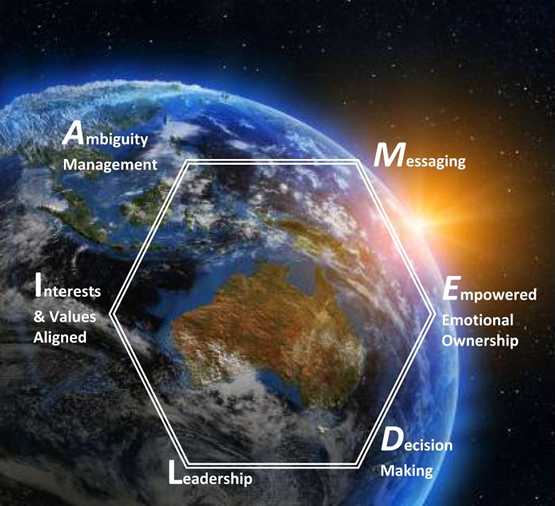What is AMEDLI?
Change is part of our lives. Change is how we better selves. It is how we respond to the change and how we are helped and supported through a change, our emotional response, and our ability to rationalise which impacts us. Change is about people and getting us to do things differently and comes from an emergent behaviour of empowered individuals having ownership with pride in who they are what they do.
